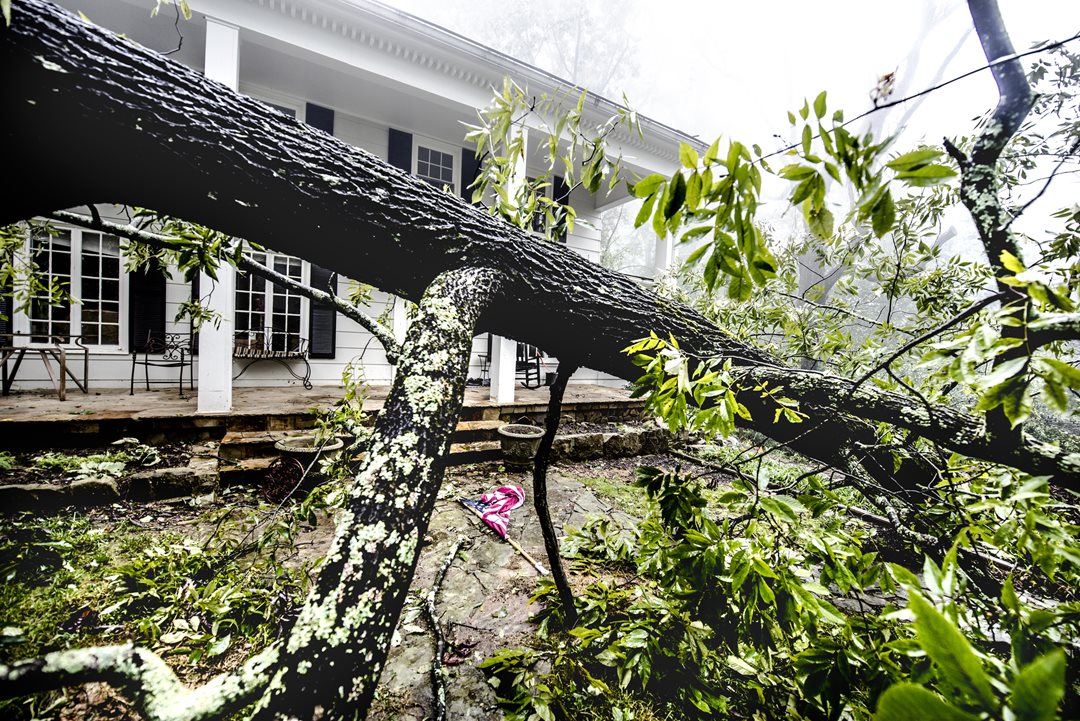Articles
Prepare: What to do before a windstorm | PEMCO
October 22, 2025
by PEMCO Insurance
 In the wooded Northwest, windstorms often mean power outages and potential damage to homes, surrounding property and vehicles. While you can't do much to change Mother Nature's mind, there are some worry-less steps you can take before a storm to prevent home damage and minimize its impact on you:
In the wooded Northwest, windstorms often mean power outages and potential damage to homes, surrounding property and vehicles. While you can't do much to change Mother Nature's mind, there are some worry-less steps you can take before a storm to prevent home damage and minimize its impact on you:
- Assemble a three- or four-day emergency supply of nonperishable food, medication and other essentials.
- Replace batteries in flashlights and radios. Charge cellphones and portable devices.
- Unplug sensitive electronics (like computers, TVs and microwaves) that could be damaged by power surges.
- Park vehicles in the garage to protect them from falling trees or flying debris.
- If you rely on a well with an electric pump, store drinking and dishwashing water in gallon containers. Fill the bathtub(s) to provide water for flushing toilets.
- If you use a landline phone, make sure you have a corded phone somewhere in the house. Cordless phones won't work when the power goes out. For cell phones, make sure they are charged and consider having a battery-operated charger on hand.
- Prepare your freezer so you can check for spoilage after a power outage. Freeze a zippered plastic bag of water (leaving some space for expansion). Once frozen, open the bag and set a quarter on the top of the ice, then reseal. After a power outage, check to see if the quarter is sitting near the bottom. If so, it means the power was out long enough that your food thawed, and it should be thrown out. If the quarter is still on top or made it only to the middle of the bag, it means the power did not go out long enough to completely thaw the food. When in doubt, err on the side of caution and dispose of food you aren't sure about.
- Secure awnings, canopies (including truck canopies), garbage cans, barbecues and other items that could blow away. This also includes any outdoor furniture that isn't very heavy, porch decorations, and more.
- Cut dead or rotting tree branches to prevent them from falling on your property or your neighbor's property. Make sure there are not any branches extended too close to your house.
- Check your property for trees that need to go. You can tell a tree may be a hazard during a windstorm if it:
- has pushed-up soil at the base of a tree
- has wood shavings or borings from insect activity
- is leaning, lopsided or has V-forked trunks
- has a history of breakage
- is cracked or has hollow parts
- has signs of rot or disease
While windstorms can happen at any time, now is a great time to do a walk-through of your property and make sure you're prepared not only for wind and rain, but for a potential power outage.
Share on social media